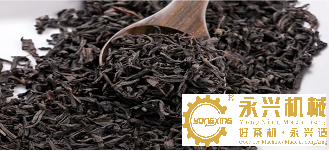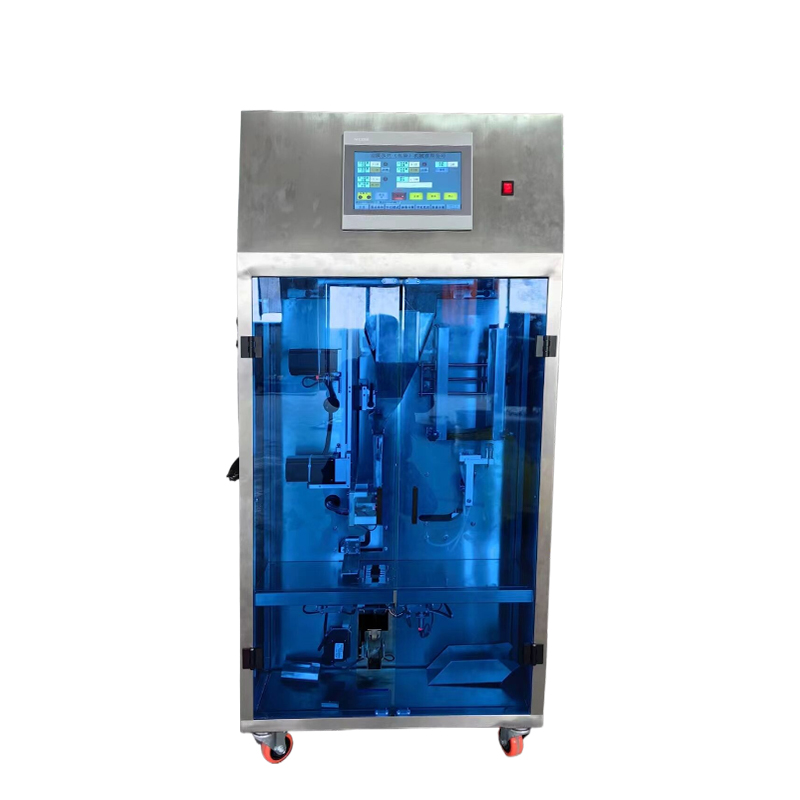BASIC TECHNIQUES FOR MANUFACTURING BLACK TEA TRADITION (Orthodox - OTD) - P.3
| The output of tea processed and consumed on the world market is mostly black tea. Black tea has a glossy, dark brown appearance; broth is reddish brown, bright, has a golden border, is thin; has a fruity, honey scent; The taste is soothing and happy. |
3.4. Withering production inspection: In order to check the production withering step, first of all, the implementation of the specifications must be checked. Tea transported in advance must be wilted first, young tea grade A, B wilt before type C, D tea. Check the wilt temperature, the thickness of the tea layer to wilt, the rate of withering and the time of withering. Check the quality of tea wilting by 3 methods as follows:3.4.1. Sensory method to determine tea wilt: hold a handful of wilted tea in your hand, then extend your hand, if the tea stretches out slowly is good, the tea lulls quickly is not enough, the tea relaxes slowly, it wilt exceed. 3.4.2.Determination method of water content after wilting: Take the average sample from the bottom conveyor of the wilting machine when leaving tea, take at 5 different positions, about 3 - 5 kg and divide according to the diagonal method until obtained. 20-30 grams, this is called the average sample. From this sample weigh 15 grams on the technical scale to the nearest 0.05g. Finished weighing samples are placed in a metal mesh basket, placed in a fast dryer, and dried with hot air at 110 ° - 120 ° C for 10 - 15 minutes. Take it out to cool and weigh it to the nearest 0,01 g until the mass is constant. The water content of wilted tea leaves is calculated by the following formula: X = [(m 1 - m 2 ) / m 1 ] x 100 (%) In which: X - water content of wilt tea calculated by sample weight (%). m 1 - mass of sample to be analyzed (grams). m 2 - volume withered tea samples after drying (g). 3.4.3. The method of determining the percentage of tea withered correctly: by pressing and breaking to determine the correct rate of withered tea as follows: weigh 100 grams of the average sample of the wilted tea, spread thinly on the plywood board, use your hand to break and classify of 2 parts: - part 1 is a proper tea with compulsive wilting, leaf tea, not fracture flexible cracking. - Part 2 is the part of tea that is dried up, called excessive wilting and the parts of tea leaves and stalks that are still fresh are broken due to inadequate wilting. Weigh and calculate the result using the following formula: X = (m / M) x 100 (%) In which: X - the correct rate of withered tea (%). m - the correct amount of wilted tea (gram). M - weight of wilted tea sample to be analyzed (gram). After calculating the results, classify the quality: + Wilt tea reaches good grade if the rate of withered tea is correct 80%. + Wilted tea will reach the average grade if the correct rate of withered tea is> 70-80%. + Wilt tea will be of poor grade if the rate of withered tea is exactly £ 70%. |


















